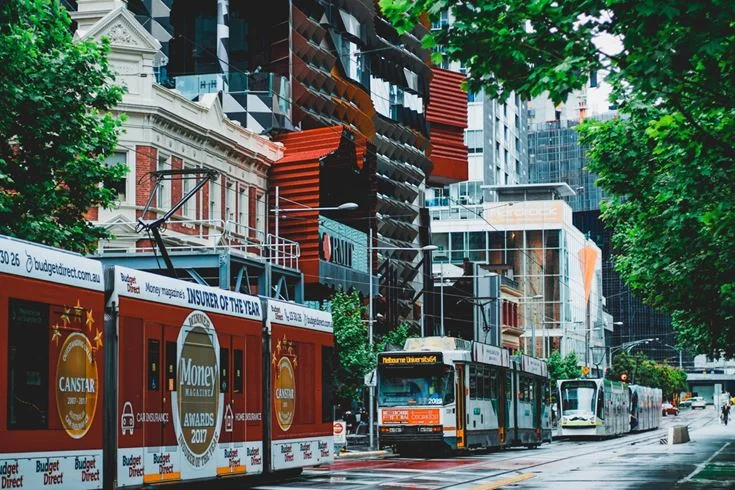When I picture an urban space, I picture concrete buildings, coffee shops, vehicles, and people. I bet you’re thinking the same thing, but neither of us mentioned trees. This simple example portrays the effects of the Anthropocene. A study by the Forest Service found that the population of trees in urban areas in the United States is on a decline of approximately 36 million trees per year. A large contributor of urban forest loss is infrastructure development. The study cautions that this development trend will continue unless governments take on policy changes that protect urban forests. The U.S. is just one of the many countries experiencing urban forest loss and tree decline. Brazil and Indonesia have experienced clear cutting, logging and burning of forested areas for resource exploitation and corporate use. If you look up tree loss in your area of the world, you are likely to find shocking information.
Why the environment needs trees
Trees absorb carbon dioxide – one of the largest contributors to the greenhouse effect – and store it in their leaves and bark which helps to slow the rate of global warming and produce carbohydrates which are used to sustain plant life. Yes – that’s right, trees mitigate climate change. Trees are home to complex ecosystems and microhabitats. When freshly planted they are a habitat and food source for species of birds, insects, and fungi. When mature their trunks provide shelter for larger species that need it the most such as bats and owls. Trees reduce urban runoff, soil erosion and flooding by absorbing thousands of gallons of water in their roots and catching the force of rain as it falls. They increase ground water recharge and reduce the number of harmful chemicals transported into our oceans via stream water by acting like filters.
Why we need trees
Having trees around isn’t just good for our environment, it’s good for us. A recent study on the benefits of urban forests in Canadian communities concluded that mature trees can help improve air quality through pollution removal by acting as a physical filter trapping dust particles and air pollutants in their bark and leaves. According to an infographic presented by the Food and Agriculture Division of the United Nations, strategic placement of trees in building dense areas can actually help cool the air by several degrees Celsius as trees absorb the suns radiant energy in their leaves. The addition of conifer trees in the winter acts as insolation and helps warm inside air. Trees also reduce noise levels in high traffic neighborhoods by blocking out radio waves. A case study published in Bioscience explains how exposure to greenspaces brightens our mood, reduces anxiety and depression, increases energy levels and boosts mental alertness. The study’s conclusions advocate for government policy to set a minimum standard for urban nature.
Trees give us a link to the past, present and need to be part of our future. Strategic placement of trees and plant life in urban areas will have extraordinary benefits on our quality of life moving forward. Organizations like the Earth Restoration Service and Tree Canada have dedicated themselves to planting and nurturing trees and plant life in pursuit of a greener, healthier living environment planet wide.
Support these organizations; respect, protect, and speak for the trees.
By Earth Restoration Service Blog Writer Teo Guzu


